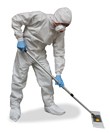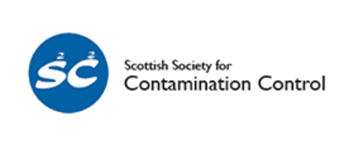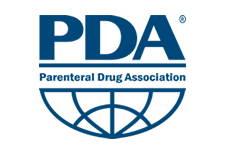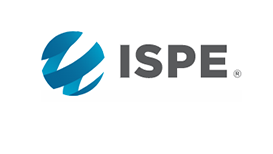CONSIDERATIONS WHEN CHOOSING CLEANROOM DISINFECTANTS
| Cleanroom Supplies Blogger

Contamination control within a cleanroom is vital, particualry within GMP & MHRA compliant facilities.
Sterile Disinfectants are an important factor in controlling microorganisms, combined with appropriate procedures and practices. Disinfectants typically do not kill bacterial spores. Sporicides kill bacterium, virus and fungal spores.
It is also vital that users are trained and have a very clear understanding of disinfection products and procedures. Careful selection of cleanroom supplies, such as sterile disinfectants and cleanroom wipes is very important and Cleanroom Supplies can advise you on these matters.
For a decontamination plan to be effective, all involved should be aware of the following factors:
-
Health and Safety
-
The spectrum of Activity
-
Compatibility with Surface Materials
-
Is a Sporicidal Agent Required?
-
Understand the product, concentrate and formulation
-
Comprehensive training
Select the right rotation.
The essential purpose is not to prevent organisms from becoming resistant to disinfectants but rotation of a common disinfectant and a sporicidal helps ensure that bacterial spores do not take hold in manufacturing and aseptic areas.
The rotation should include disinfectants that control a wide variety of organisms.
Before determining your rotation keep this key points in mind:
-
You’ll need to assess the operation conditions
-
Have an understanding of microbial data
-
Rotate the chemical base
-
Include sporicides
-
Start with higher requirements
Understand and assess residues.
Keep in mind that wherever biocides are used, there will be residue. Therefore, it’s vital to understand the amount of residue that is left behind from a biocide to know an effective removal method.
To address residue:
-
Select a biocide with a low concentration but high efficacy.
-
Remove residue with a detergent before and after using the biocide.
-
Alcohol can also be used to remove residue after normal cleaning procedures.
-
Highly purified water can also be used to remove residues.
-
Observe the wet contact time.
-
Make sure surfaces are dry before starting normal cleaning procedures.
Controlling cleanroom disinfectants is a balancing act, especially when it comes to choice, as you consider safety, contact times, corrosion, residue, shelf life and compatibility with surfaces and other cleaning products.
Make sure that you consider these key points when choosing the correct cleanroom disinfectant and when forming a rotation.












